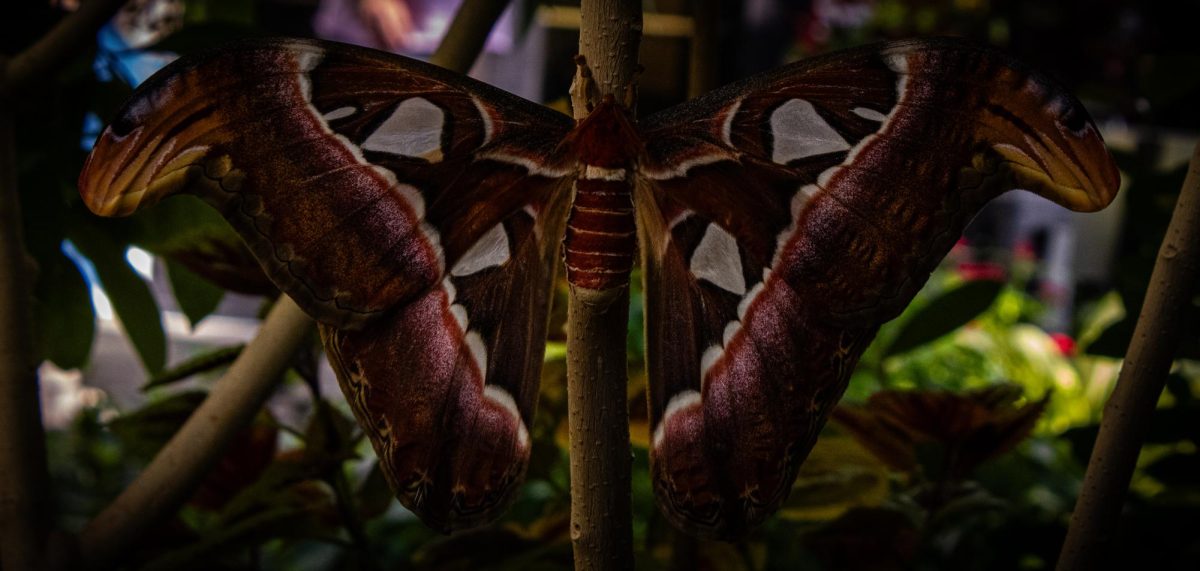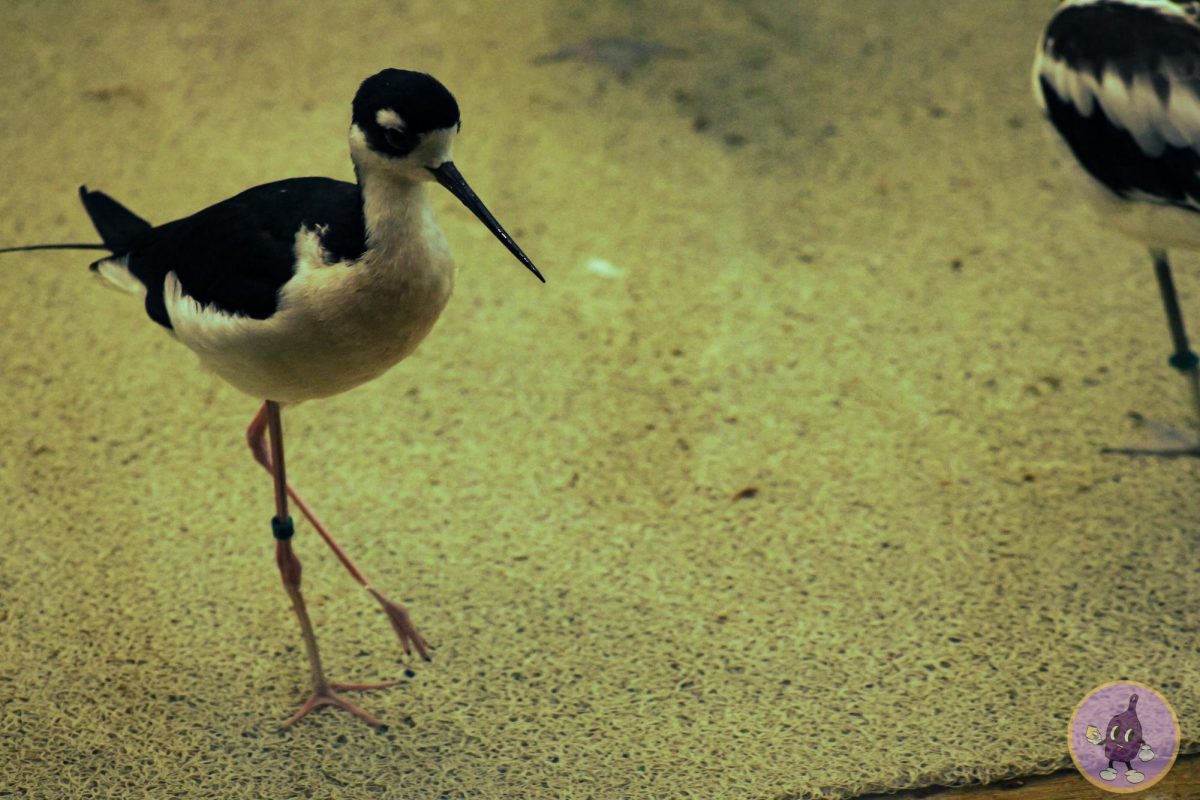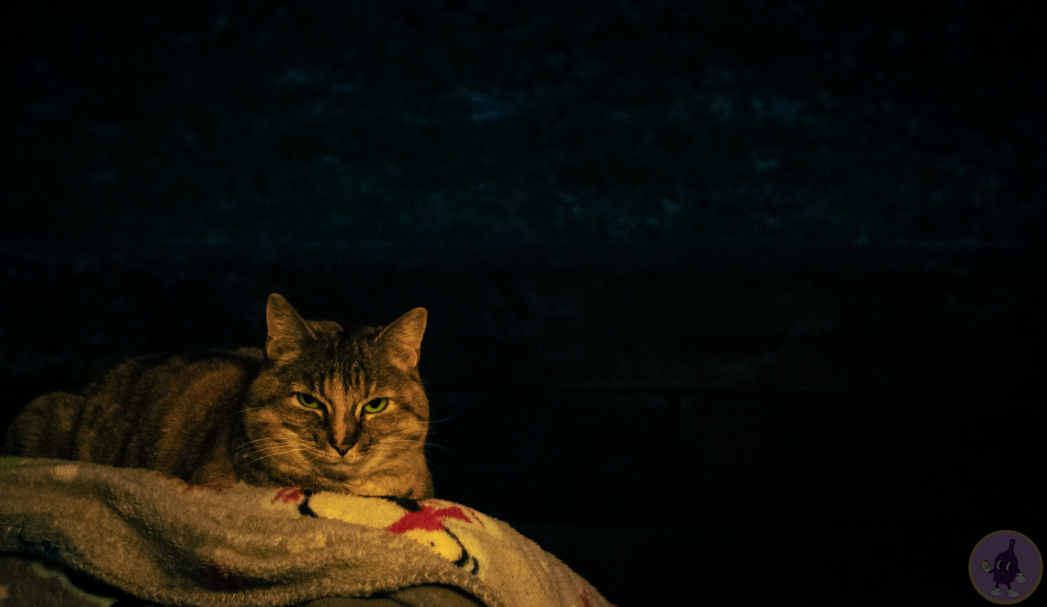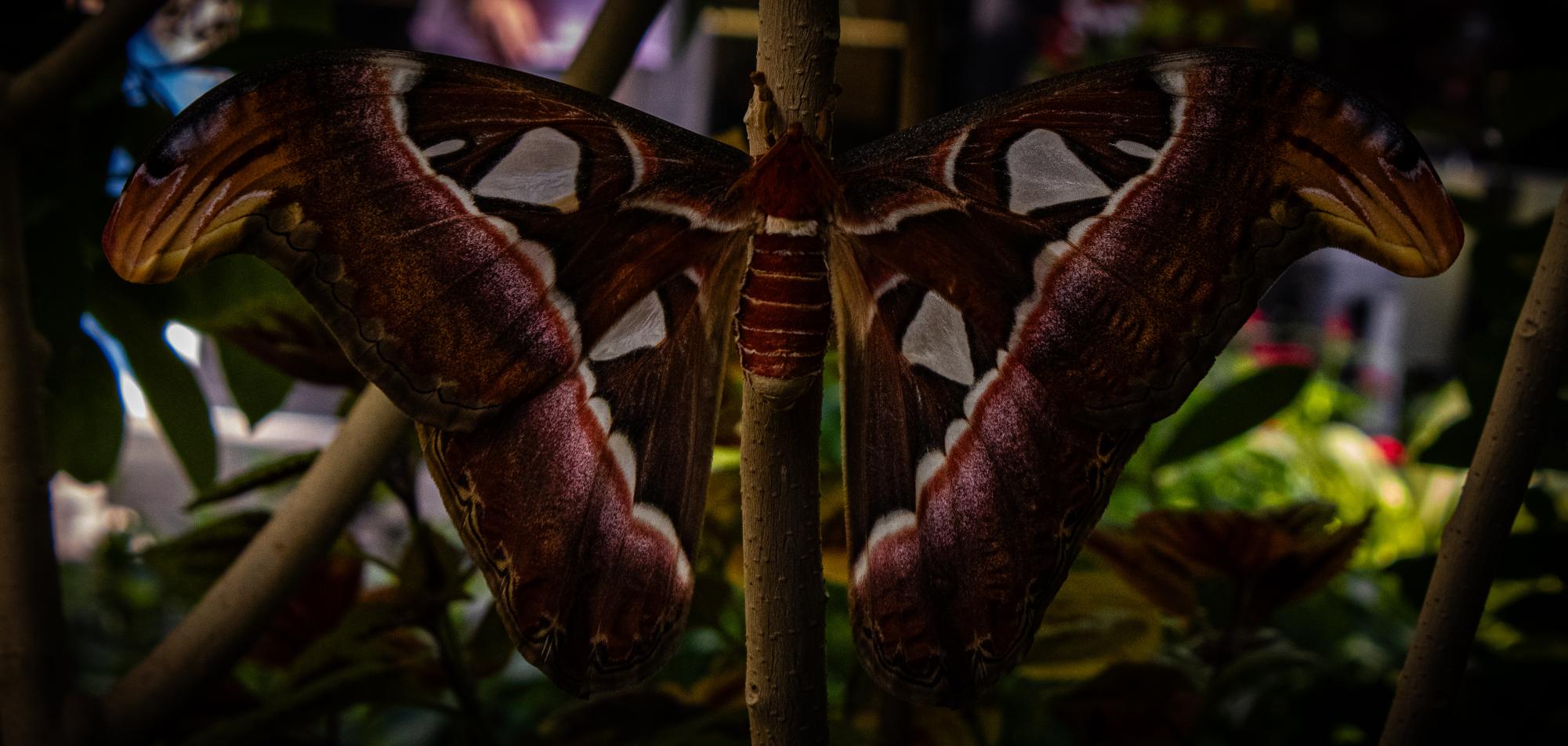
The Bug Museum
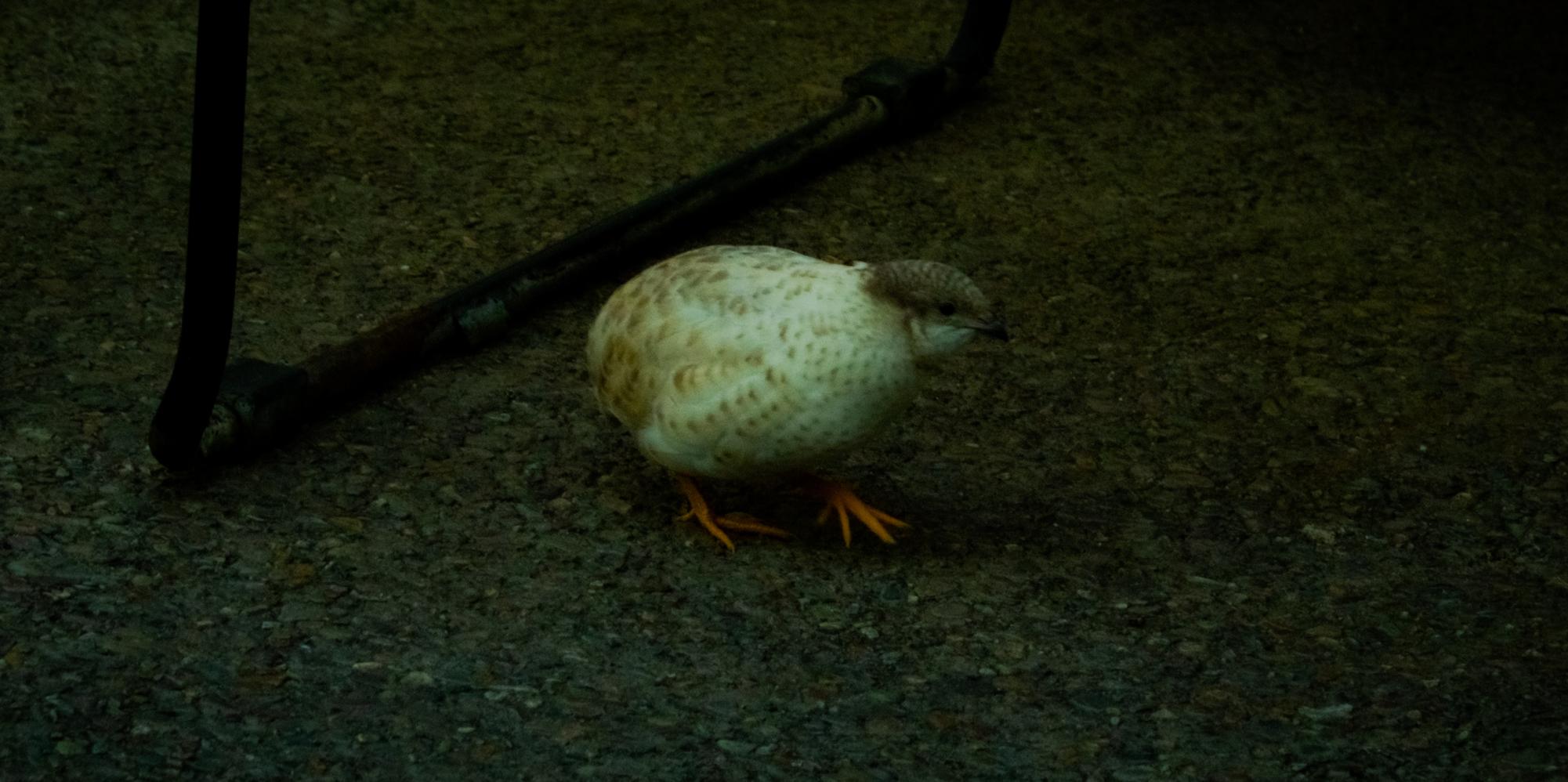
The Missoula Butterfly & Insectarium, located in Missoula, MT, holds sights that truly enthral the viewer. Bugs never before seen up close by the common person’s eye, butterflies, of course, and other unique creatures are constantly drawing in more and more visitors for the house.
Before you enter the butterfly house itself, you are introduced to a maze of bug exhibits, sadly not seen due to the bustling atmosphere. These cases hold various insects: rhino beetles, hissing cockroaches, stick bugs, crabs, and so on. There’s a table set up where you can hold tarantulas (or any insects they put out for the day) which gains attention from both disgusted parents and curious kids. After what seems like an endless adventure of seeing non-flying bugs, you almost forget that you get to enter arguably the most ethereal experience of moths and butterflies that Missoula has to offer.
Once you get past the double doors, you’re greeted with warm, humid air and a feeling of inner peace. You don’t get too far before you hit the first attraction and newest implementation to the house: quails. These little creatures skitter past visitors in clusters, weaving between careful legs and searching for any nutrients they can get. Although provided water and food pellets by the staff, the quails also devour any fallen butterflies in their path. Besides eating seeds, grains, and insects, they can also consume some types of greens and berries.
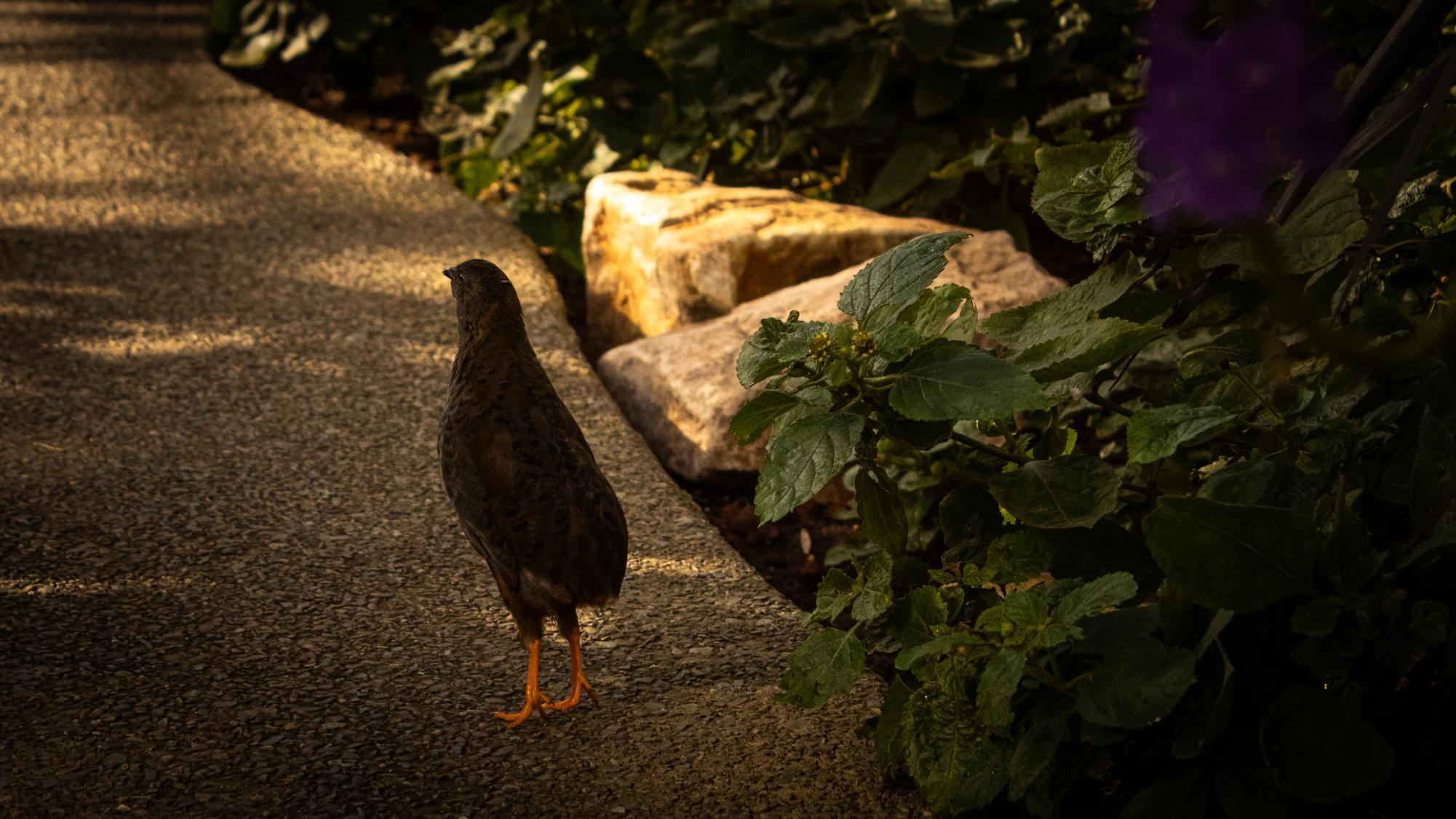
Though petite and delicate, these birds can pack an unexpected sound and unleash a mighty scream. They can perform a variety of noises, from growling to chirping, to a ferocious battle cry; you wouldn’t think such a tiny creature could pack such a sound.
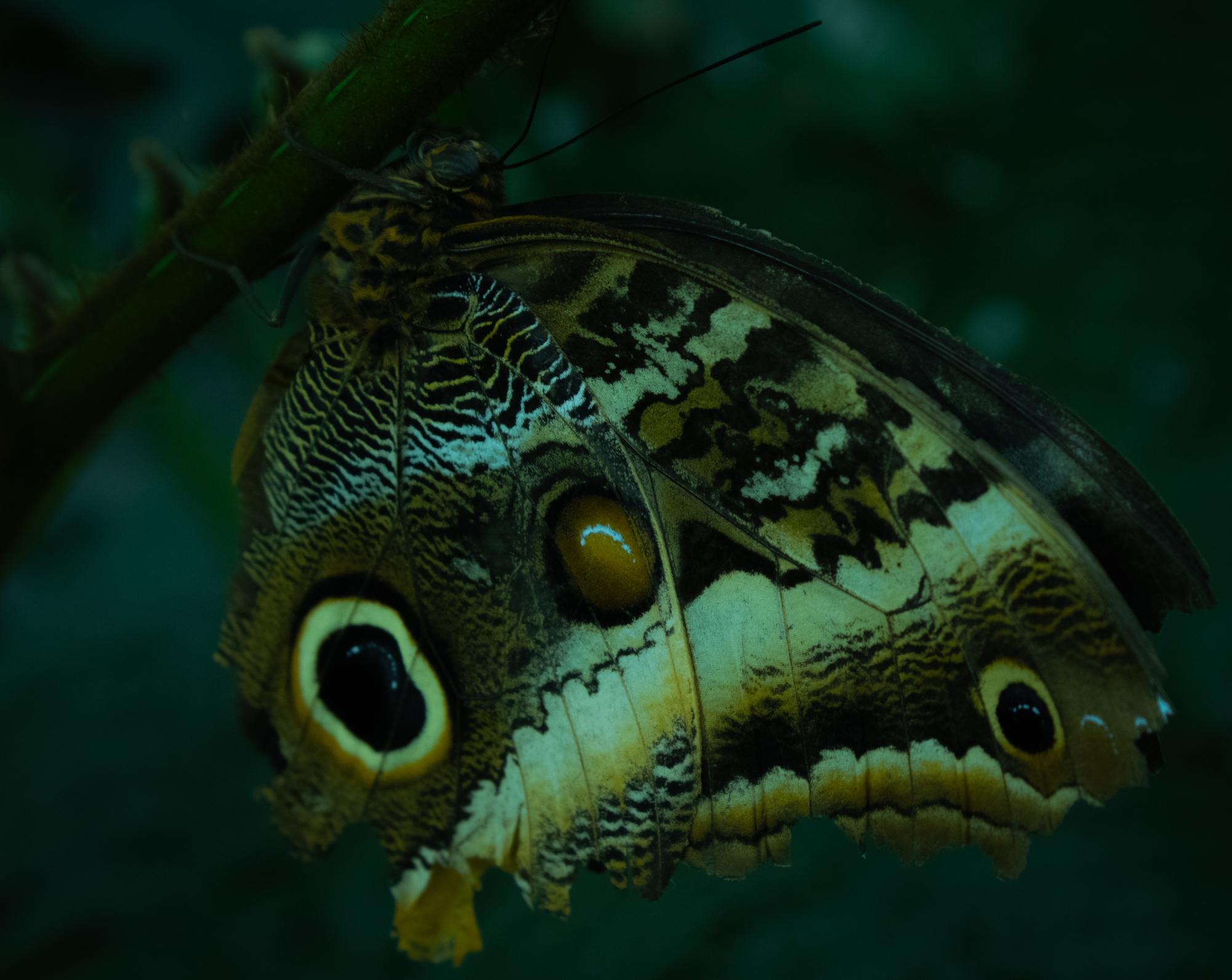
Butterflies sift through visitors staring up in awe. Guests are encouraged to get an identification sheet and pick out all of the species that diversify the air traffic. As your focus leaves the sky, you start to notice the imperfections, and the “sad” part of the butterfly house.
As butterflies age, which is in the span of a few weeks, they begin to deteriorate. Many people (especially the younger ones) find this disturbing as butterfly carnage litters the ground. Corpses and half alive butterflies squirm around, showing the other, less glorified side of their lives. Fortunately, even after death, they are put to use. Staff members put their bodies on display towards the exit, allowing guests to get a closer look at their precise and delicate features. If not saved by employees, they get to become a delicious snack for the aforementioned quails.

These photos not only show off the symmetry of the wings, but the beginning stages of their declining structure. The rigid edges and the lack of a wing projection, though a sign of worsening health conditions, do not affect the butterflies’ attractive image. Even with such imperfections, the bright colors, the shapes, the designs all make up for it. You can look past the obvious and find minute details that only lures you in more.
Being two of my favorite photos from this outing, I can’t help but dive deeper into the individualism that each insect exhibits. Though butterflies from the same species, subspecies, and gender generally have the same wing pattern, there is always some sort of variation that creates a unique specimen. If you really sit there and take the time to analyze – to get to know the butterfly – you’ll see the “defects”…but you’ll also see how it doesn’t affect the big picture. They are all different, but they are all still beautiful.
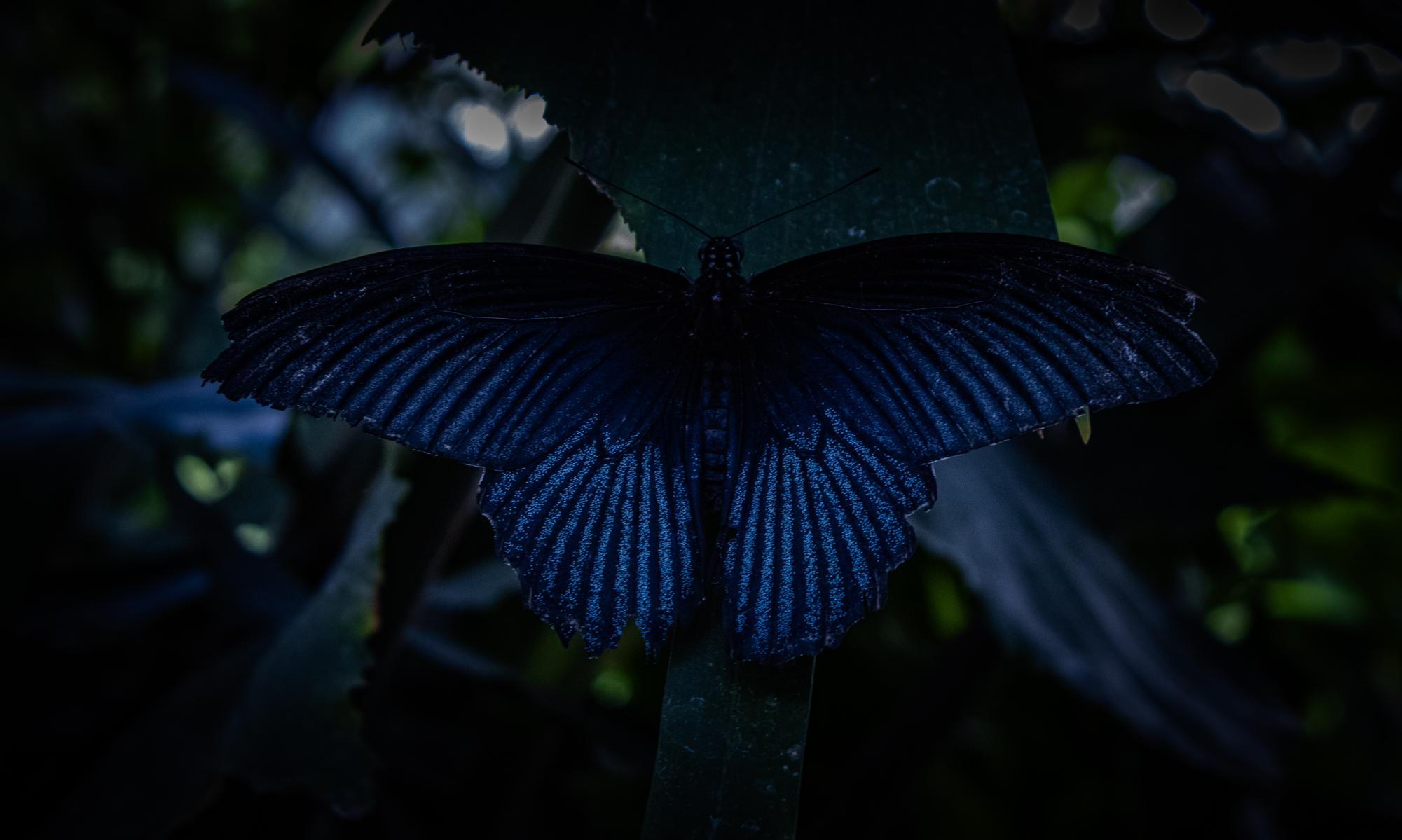
Believe it or not, but the butterfly house also has moth residents. Seen here is the Atlas moth. One of the largest moths, you would think that their 24cm wingspan would make them easy to spot; however, this isn’t the case. They are so big that they are considered unsteady fliers and tire very quickly when they do decide to move (which is usually at night). Since they are too weak to perform an essential part of living for other winged insects, they mainly pick a secluded area to perch on and exist there for a while.
Another essential life function that these moths fail to carry out is eating. Most moths have no mouths due to an incompletely formed mouth structure, which inevitably leads to their demise. They survive off of the energy that stored fat reserves in their body provide, which the moths created when they were still larva.
Seeing one of these giants feels like a reward for all the time you’ve spent in a humid room teaming with enthusiastic visitors. All in all, the whole experience feels like a prize that should be cherished. As people take in the last of what this magical place has to offer, they have a chance to gain some memorabilia at the gift shop, located at the front of the building. Even if you didn’t buy something to remember your trip to the bug museum, the impactful moments you spent behind those doors with those small, intricate creatures will last vividly in your mind till the next time you visit.

